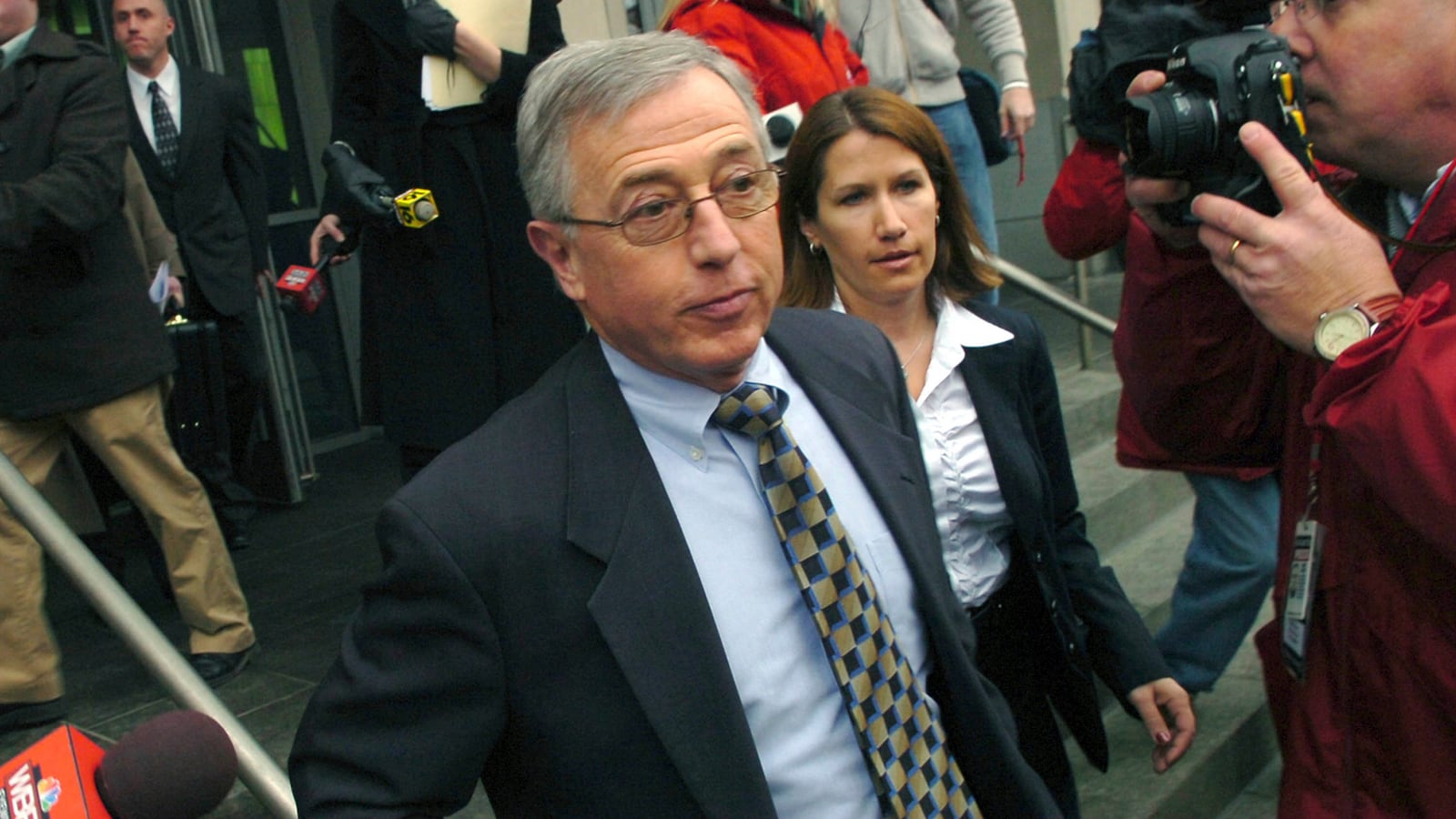At first, it seems like a simple enough story. Corrupt judge sentences seemingly harmless high school kids to for-profit detention centers in exchange for cash. The bad guy is the judge; the kids are the innocent victims. Cue damaged teenagers, heartbroken parents, and crusading lawyers who blow the whole story open. In the end, justice prevails but the effects of the tragedy linger, the kids pay the price.

And that is the rough outline of Robert May’s new documentary, Kids for Cash, opening on February 28 in New York and major cities. The story begins in 2003 in a courthouse in Luzerne County, Pennsylvania, when Judge Mark Ciavarella began sentencing teenagers to juvenile detention centers for offenses as minor as trespassing in a an abandoned building or poking fun at a principal with a mock MySpace page. For the next six years, over 3,000 children would be swept into the juvenile justice system under a “zero tolerance” policy. Most of the defendants had been convinced to waive their right to a lawyer. Many were taken away in shackles. Once in the system, some of the kids were incarcerated for years.
No one knew at the time that Ciavarella and his fellow judge, Michael Conahan, were dividing nearly $2.6 million from the contractor and the builder of the detention centers where the kids were held. Eventually Ciavarella and Conahan were convicted of multiple federal charges and sentenced to decades in prison.
“I think there’s a fine line between good and evil,” said May, the film’s director in a telephone interview. “All of us put our toe in the water of evil in some way, but we pull back”
In trying to explain the behavior of judges who go so wrong, he added, “Once you fall over the line, I don’t think you can tell where the line is any more. It’s almost like when you tell a lie and you have to tell another lie, and then you kind of lose track.”
May, a resident of Luzerne County, was developing a feature film when the “Kids for Cash” story broke in 2009. He became fascinated by the scandal and spent the next four years making his documentary. The filmmaker interviewed hundreds of the young victims and their families. Eventually he focused on five teenagers to convey the heartbreak of lives destroyed before they had truly begun.
May also convinced both judges to present their version of the events on camera while they were on trial. Neither of the men told his lawyer—or one another—that he was being interviewed for the film.
The phrase “kids for cash” is something of a misnomer, according to May. The judges were not given a per capita fee for each child sentenced to the detention center. And Ciavarella continued to claim that the money he received from the detention center’s developers was merely a “finder’s fee.” Though he did fail to report it on his income tax.
But May’s film is not merely a tale of individual judges gone wrong and the teenagers whose lives were disrupted. May, an executive producer of the Oscar-winning Robert McNamara documentary, The Fog of War, also has a larger point to make about the dangers of the “zero tolerance policies” which emerged throughout the country following the Columbine high school shootings in 1999.
“Before Columbine, juvenile crime had been coming down,” May said. “It continued to go down and never went up. But school-based arrests in Pennsylvania alone went up by 300 percent since Columbine. So we sort of lost our mind when it comes to zero tolerance.”
Despite his personal point of view, May did not take bring an adversarial approach to his interviews with the two judges. “I was there to understand how this all happened,” he said.
Comparing Ciavarella with Robert McNamara—the subject of The Fog of War and another man many consider to be a villain—May said, “Judge Ciavarella wasn’t the smartest guy in the world. Matter of fact, he struggled through law school. He also could barely balance a checkbook. And he had considerable credit card debt. He was like the guy down the street who didn’t get a good education, just a good old boy until he became a judge.”
Toward the end of the film, Ciavarella breaks down on camera when he is asked what his grandchildren will think of him. The judge says he hopes they “understand that their grandfather screwed up big time and couldn’t be in their life because of it.”
The documentary’s most heartrending scene comes on the steps of the courthouse just after Ciavarella has been sentenced. As the judge stands with his lawyer who is taking questions from reporters, Sandy Fonzo, the mother of a teenage boy who Ciavarella sent to a juvenile facility, steps forward to angrily confront the judge.
“Do you remember me? Do you remember me?” Fonzo shouts. “Do you remember my son—an All-Star wrestler? He’s gone. He shot himself in the heart you scumbag.”
The scene is brutally compelling. Yet May conceded that Fonzo’s son’s case was more complex than most press reports suggested. Ed was initially arrested on a minor drug offense. Ed’s own father later admitted planting drug paraphernalia in his son’s car. He said he thought his son’s partying habits had gotten out of control and an encounter with the juvenile court system might help Ed get scared straight. But like many other young people who passed through Ciavarella’s courthouse, Ed emerged from three months of incarceration a damaged young man. He never rejoined his high school wrestling team. He became increasingly angry, drank heavily, and committed a series of assaults that eventually landed him in state prison.
So is it fair to place the blame for Ed’s death on the judge?
“I understand why in the mother’s mind she blames Ciavarella,” May said, “but literally the blame needs to be spread out a lot. I think Ed needed help that he never got. He never got it at school. He never got it all the way through.”
And has the scandal has any impact on policy? Yes and no, according to May.
In Pennsylvania, he said, “You can’t go before a juvenile court without having a lawyer, and you can’t shackle and handcuff a kid except in extreme circumstances.”
But he added that five years after the “Kids for Cash” story first broke, the state was still spending $800,000 a day, or $300 million a year on “the incarceration of children.”
“You tell me how many things have changed,” May said.






